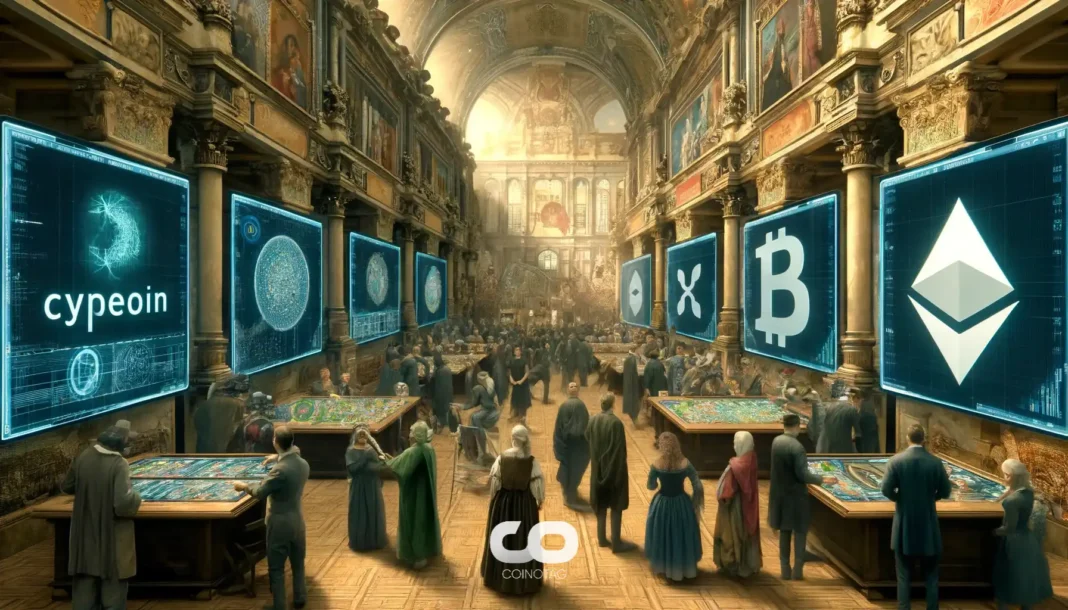Quantum money is an innovative digital currency concept developed by Google Quantum AI researchers, leveraging quantum mechanics to prevent counterfeiting and double-spending without relying on blockchain technology. This physics-based system uses the no-cloning theorem to ensure secure, unforgeable tokens, potentially revolutionizing digital finance.
-
Google Quantum AI’s quantum money secures currency through quantum states that cannot be duplicated.
-
It challenges blockchain by offering a simpler alternative for preventing fraud in digital transactions.
-
Recent advancements include a 13,000 times faster computation of molecular structures, highlighting quantum technology’s potential, according to Google’s October announcement.
Explore quantum money: Google Quantum AI’s breakthrough in secure digital currency using physics to outpace blockchain. Discover how this unforgeable tech could transform finance—read now for expert insights on the future of money.
What is Quantum Money?
Quantum money represents a pioneering form of digital currency that harnesses the principles of quantum mechanics to create inherently secure financial tokens. Unlike traditional cryptocurrencies that depend on blockchain ledgers, quantum money relies on the no-cloning theorem, making it physically impossible to copy or forge these quantum states. This approach, detailed in a study by Google Quantum AI researchers alongside academics from the University of Texas at Austin and the Czech Academy of Sciences, promises a fundamental shift in how digital value is protected and verified.
How Does Quantum Money Differ from Blockchain-Based Cryptocurrencies?
Blockchain technology, foundational to Bitcoin and other cryptocurrencies since the 2009 whitepaper, uses distributed ledgers to record transactions transparently and immutably, ensuring no double-spending without a central authority. In contrast, quantum money simplifies this by embedding security directly into the currency’s physical properties. The no-cloning theorem dictates that identical quantum states cannot be produced, so each token acts as a unique, unverifiable duplicate-proof unit.
Dar Gilboa, a Google Quantum AI researcher and co-author of the study “Anonymous Quantum Tokens with Classical Verification,” explains: “If you had a $1 bill that was actually a quantum state, you could prove, based on the properties of quantum mechanics, that copying such a state is impossible. You could only succeed with very small probability.” This method eliminates the need for extensive ledger maintenance, potentially reducing computational overhead in digital finance systems.
Supporting this, the framework involves a trusted central issuer, like a bank, creating tokens with unique serial numbers. Verification occurs publicly without revealing sensitive details, and users can employ a “swap test” to confirm the issuer isn’t embedding trackers. If discrepancies appear, it signals potential surveillance, as Gilboa notes: “Any attempt by the bank to secretly tag its money would be instantly revealed.” Data from quantum simulations underscores the robustness, with failure rates for cloning attempts near zero under ideal conditions.
Frequently Asked Questions
What Are the Origins of Quantum Money Concepts?
The idea of quantum money traces back to 1969 when physicist Stephen Wiesner proposed “private-key quantum money” in a paper published in 1983. This envisioned banknotes as unique quantum states verifiable only by the issuer, sparking research into public-key variants. While early models by theorists like Scott Aaronson faced security issues, modern iterations focus on collision-free schemes to prevent over-issuance, paving the way for Google’s advancements.
Is Quantum Technology Ready for Practical Quantum Money Applications?
Quantum technology shows great promise but remains in early stages for real-world use like quantum money. Google’s recent quantum computer achieved quantum advantage by computing a molecule’s structure 13,000 times faster than classical systems, as announced in late October. However, experts like Winfried Hensinger, professor of quantum technologies at the University of Sussex, emphasize that fully fault-tolerant machines require hundreds of thousands of qubits, likely years away from supporting scalable currency systems.
Key Takeaways
- Security Through Physics: Quantum money uses the no-cloning theorem to make duplication impossible, offering a blockchain alternative for fraud prevention.
- Centralized Yet Private: A trusted issuer creates tokens without tracking capabilities, with user tools to detect any hidden surveillance attempts.
- Future Potential: Recent quantum breakthroughs signal progress, but practical deployment demands advances in error-corrected computing for widespread adoption.
Conclusion
In summary, quantum money from Google Quantum AI introduces a physics-secured alternative to blockchain-based cryptocurrencies, leveraging unbreakable quantum principles to safeguard digital value. By addressing core issues like counterfeiting through innovative verification methods, this development could streamline global finance while maintaining user privacy. As quantum computing evolves, stakeholders should monitor these advancements for opportunities to integrate secure, efficient currency solutions into everyday transactions.





